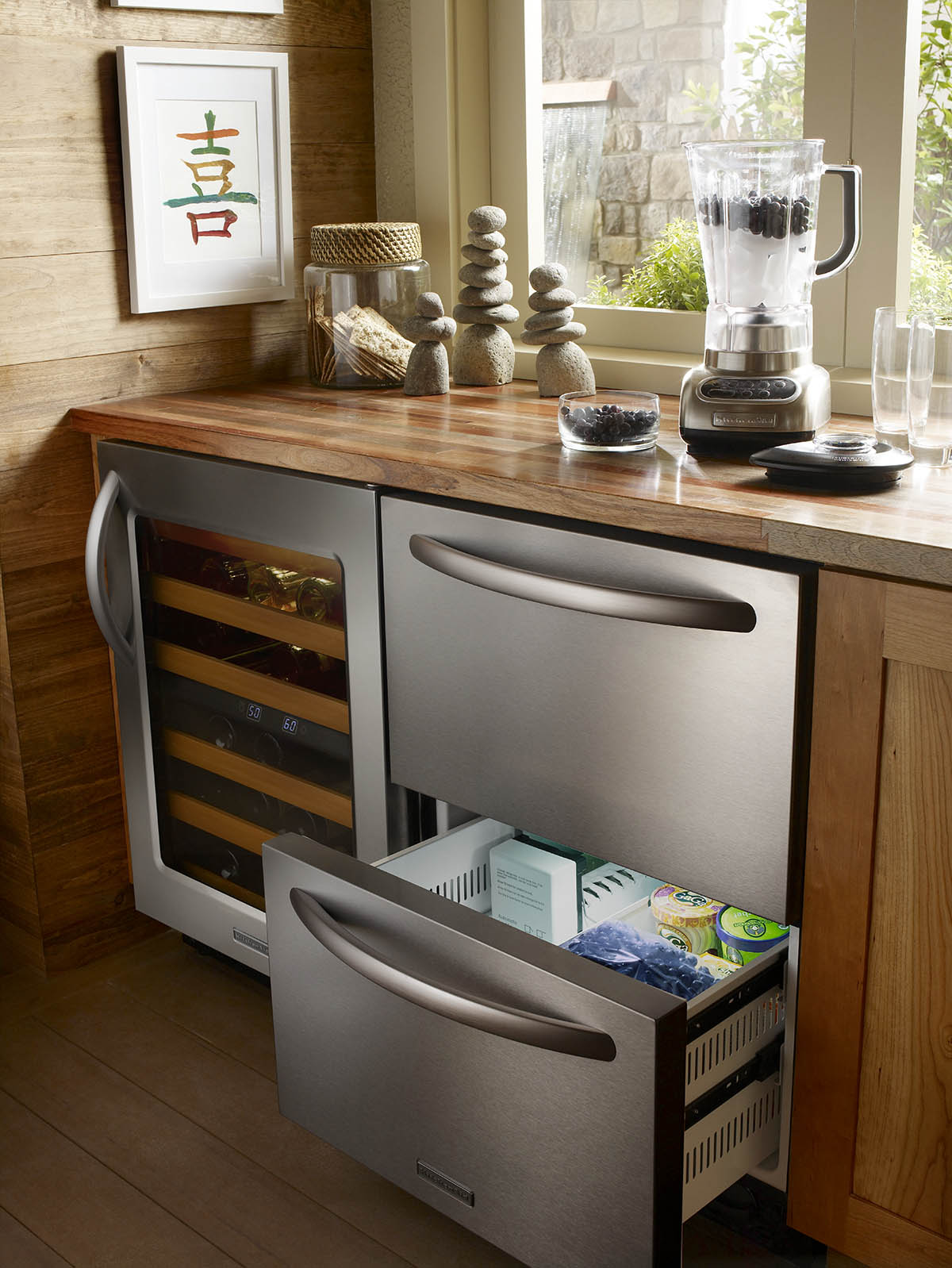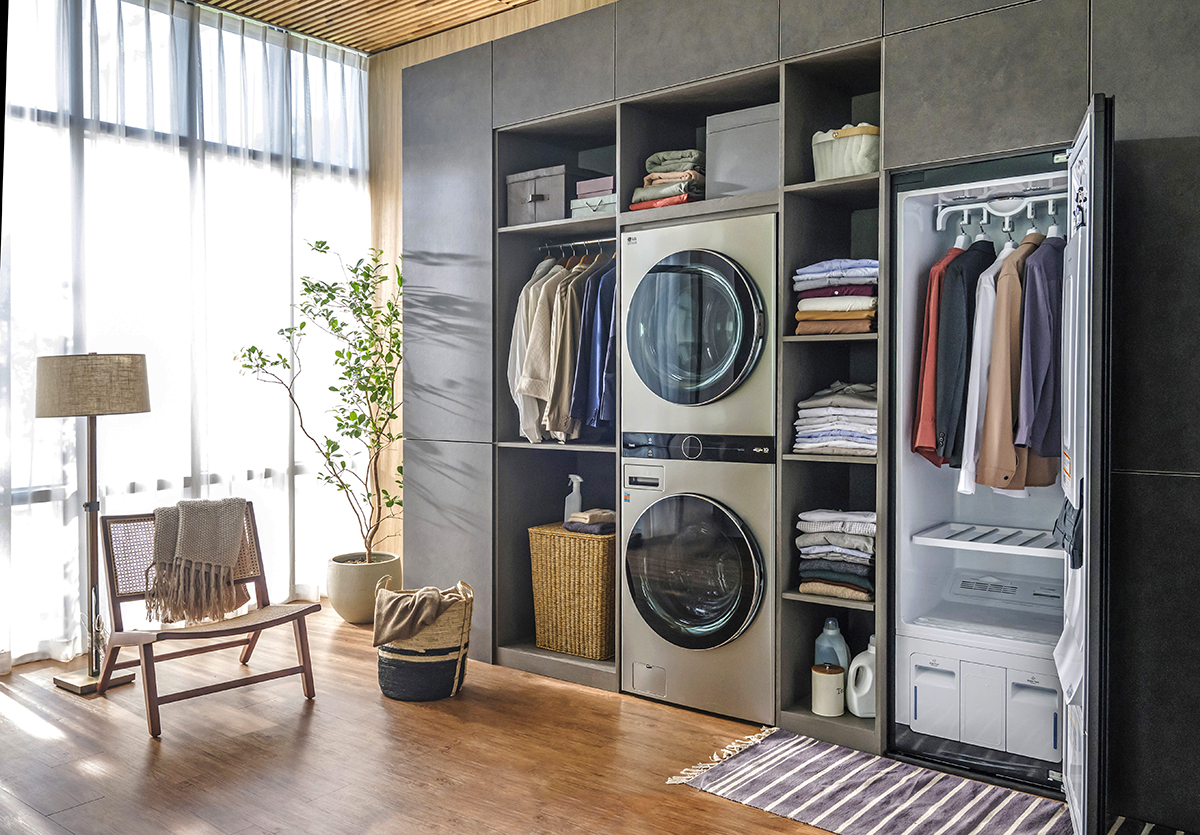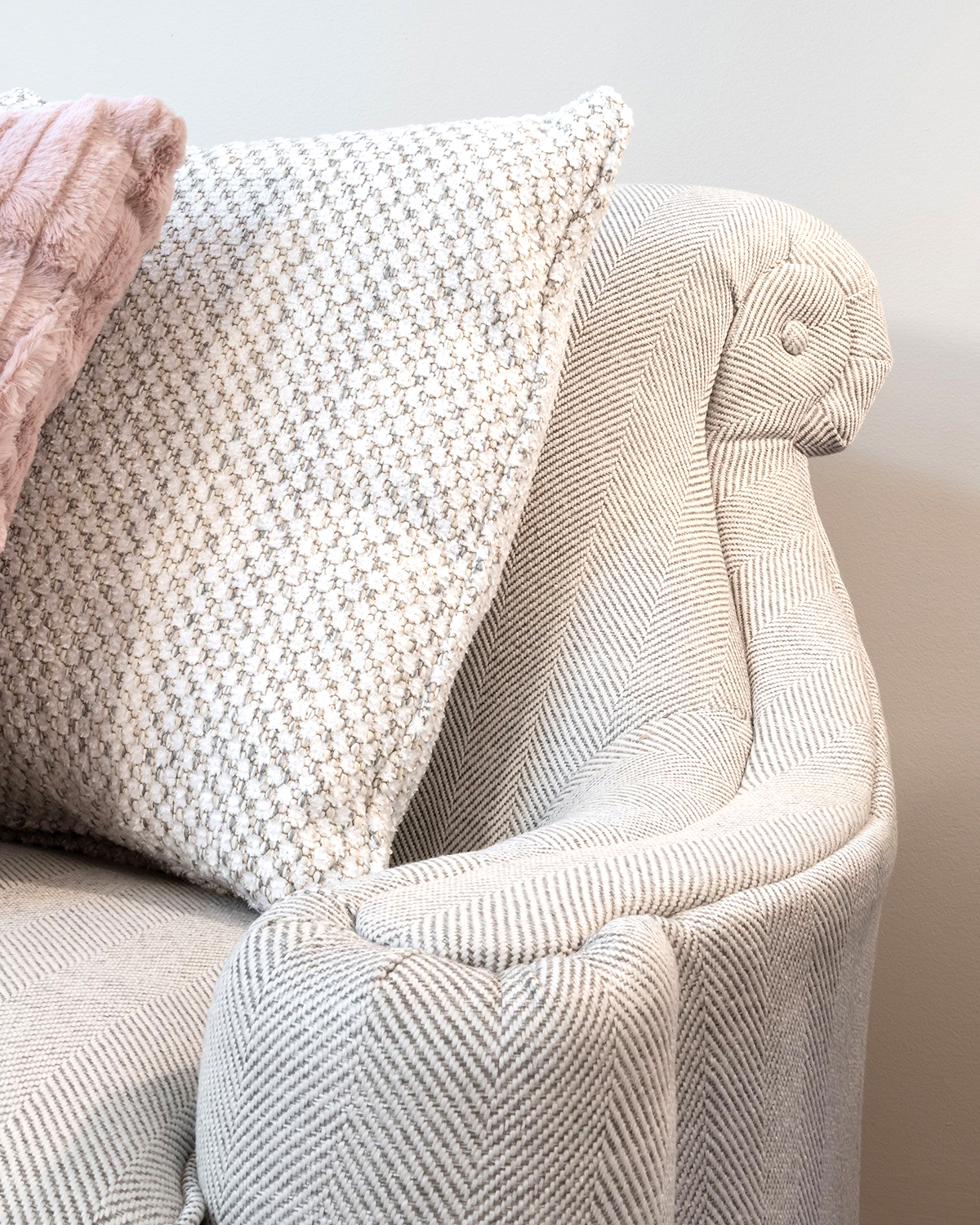WRITER | JULIE FORD
PHOTOS | AEROSEAL® LLC
It’s easy to take the maze of metal ductwork in the basement for granted. The heat and air conditioning “work,” annual check-ups are scheduled, and there’s a stack of filters in the corner with a date on the calendar for changing. What’s the issue?
Grab a flashlight and take a look at the duct system. Where there’s a seam, a not-so-tight fit, or an all-out gap, there’s both energy loss and a means to spread odors and dust throughout the home. Mastic and tape have their limits, and if the home has ductwork in the walls, finding the gaps — let alone trying to remedy them — is nearly impossible.
Aeroseal® is a patented, innovative duct sealing technology invented and developed in the 1990s at the Lawrence Berkeley National Laboratory – a US Department of Energy Office of Science lab managed by the University of California. Aeroseal®’s goal is to remedy the symptoms of leaky ductwork that range from wasted energy to poor air distribution and mediocre indoor air quality, and it is used in both homes and businesses around the world.
“You can try to seal your ductwork with other products, but if you’re looking to truly seal your ductwork, Aeroseal® is the way to go,” explains Mitch McLellan, operations manager for Optimal Air Solutions in Alanson, near Petoskey.
Here’s how it works. The Aeroseal® technician inspects the ductwork manually. After the initial inspection, every duct system register is removed, the openings are completely sealed, and the furnace and air conditioning coil and fan are blocked with a foam plug to prevent particles of sealant from entering these systems. The actual process begins with a preleakage test. The sealing machine and its plastic connector tube are attached to the supply or return with a temporary collar, and air is forced through the system. The rate at which the home is losing energy is recorded in square inches and shown to the homeowner.
Once the test is complete, 1 to 2 ounces of a nontoxic liquid polymer are aerosolized and injected throughout the ductwork. The suspended particles gather in the leaking areas to seal the leak, and any overspray entering the work area is captured by a scrubber fan. “Scrubber fans keep the air moving to efficiently get rid of the excess sealant and help clean the air,” says McLellan.
Gaps up to 5/8 inch in the duct system can be sealed, the sealant sticks only to the gaps and not to the duct interior, and the computer-controlled process allows both technician and homeowner to watch the results in real-time. Aeroseal® has a ten-year warranty and has been tested to last 40 years. McLellan notes that the polymer has a scent similar to Elmer’s glue and that the process of sealing the ductwork takes only 1.5 hours, though the entire process from start to finish averages 4-8 hours including prep work.
Are there homes with ductwork in such poor, gaping condition that Aeroseal® isn’t the answer? Yes, but not often. Should the homeowner clean the ducts before having this done? No, it’s not necessary, but it’s the mindset of having a clean work area before beginning a project.
The Department of Energy estimates that leaky ductwork costs Americans $5 billion in utility expenditures each year in both residential and commercial air duct systems by losing an estimated 25 to 40 percent in heating and cooling energy. The average retail cost of installing Aeroseal® in a home is about $2,000, depending on climate zone and square footage. A little bit of time spent perusing the last five years of energy bills and performing a cost-benefit analysis will reveal the rate of return on this energy-saving investment. For some, the thought of less dusting, sneezing, and candle-lighting might tip the scale in the direction of sealing the ducts from the inside out.
Signs of Leaky Ducts
-Rooms too hot or cold
-Excessive dust
-High energy bills
-Allergies
-Odors that never dissipate
Interesting Tip
As of February 8, 2016, the 2015 Michigan Energy code requires builders of new homes with ductwork installed in attics or crawl spaces to pass a 4% leakage test. This code does not apply to new home construction with ductwork throughout the basement and main living spaces.








